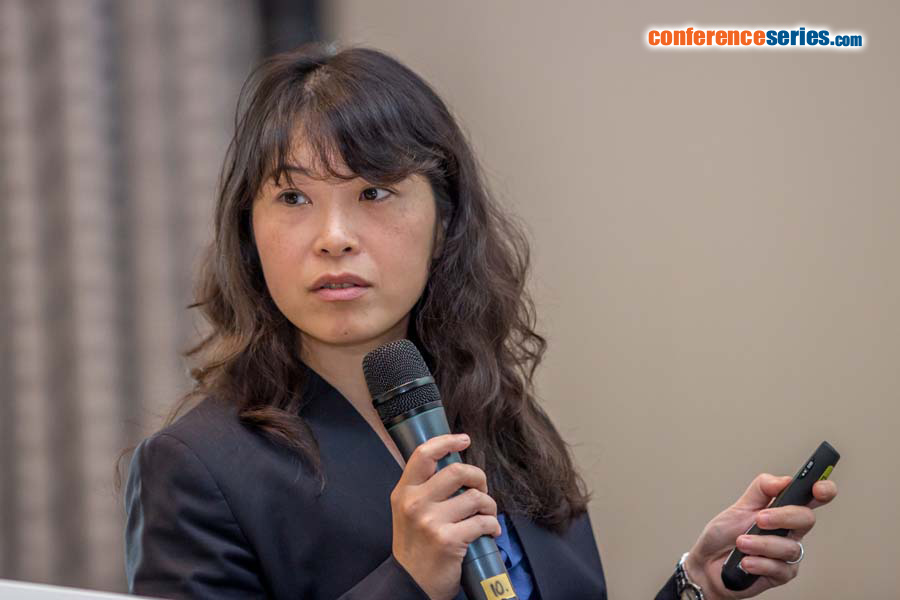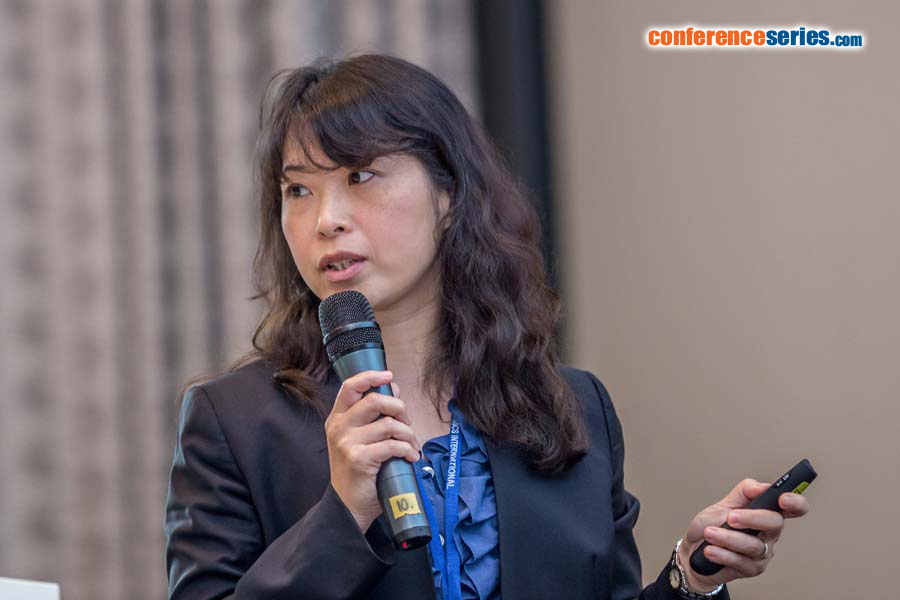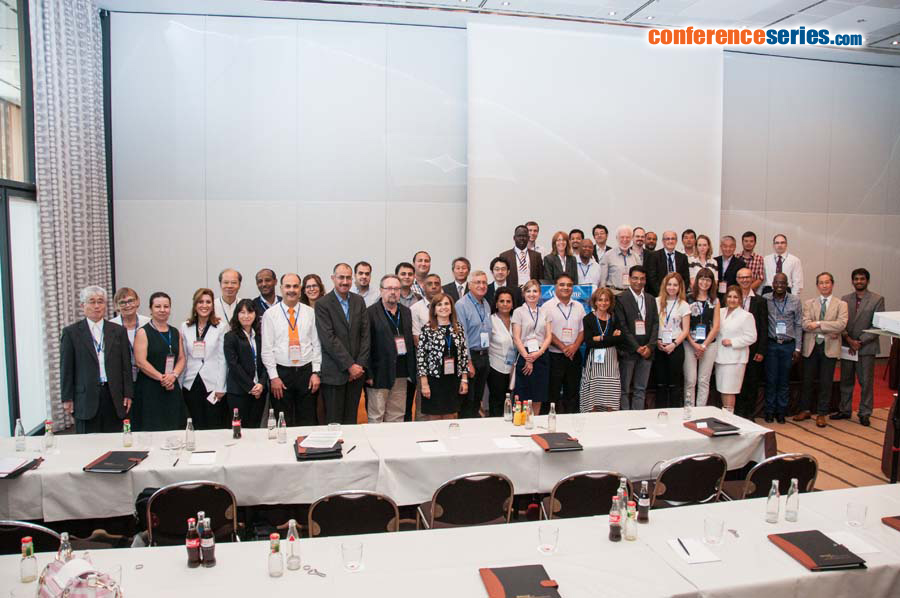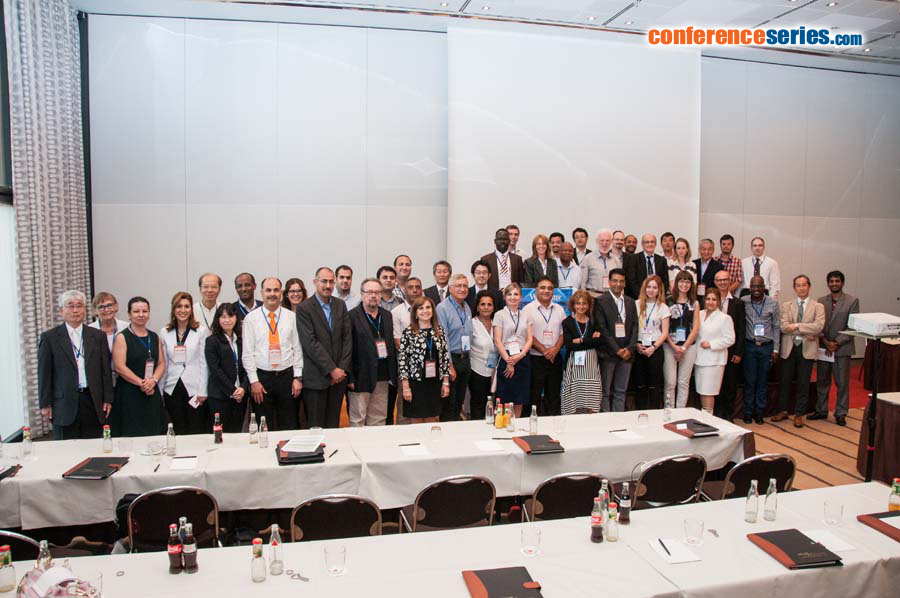
Biography
Biography: Chiharu Tokoro
Abstract
An appropriate comminution and physical separation process for tantalum (Ta) concentration from printed circuit boards (PCBs) in waste electric and electronic equipments (WEEEs) was investigated in this study. To accomplish this, two-step comminution in which PCBs were detached from WEEEs at first, followed by part detachment from PCBs was effective because Ta is generally used in a specific part on the board, that is, “tantalum capacitor”. High Ta concentrate was achieved by comminution using drum typed mill with chain typed agitator, followed by air separation using double tube pneumatic separator. Higher Ta concentrate was achieved by heating to 473 K in the mill because a part of solder was melted and tantalum capacitor could be simply released from the board by milder comminution force. To reveal the mechanism of breakage phenomena in comminution/detachment process of PCBs, computer simulation using discrete element method (DEM) was carried out. Comminution test was conducted using simulant PCBs with solder mounted capacitors and compared to simulation results in which the shape of simulant PCBs and chain of the agitator was represented using particle based rigid body model. Simulation results successfully corresponded to comminution experimental results. Simulation results suggested that chain typed agitator mill promotes interaction between a board and another board which is most important mechanism for parts detachment from the boards, because the chain could give wide variety of energy to boards due to their deformation.






